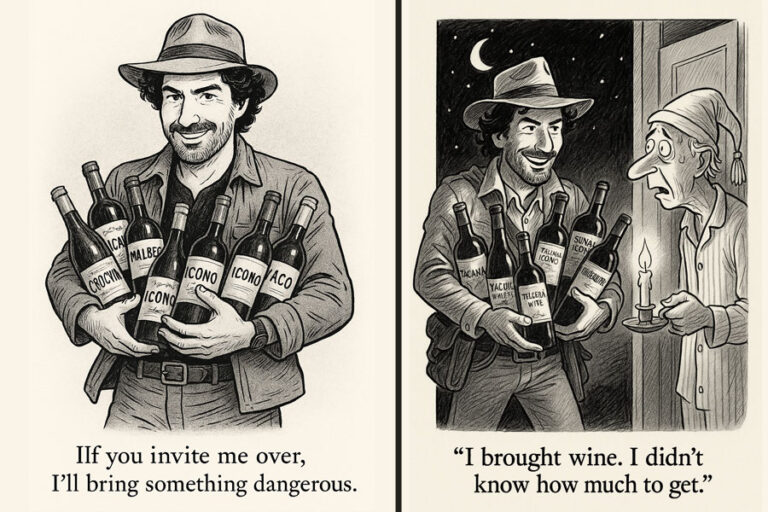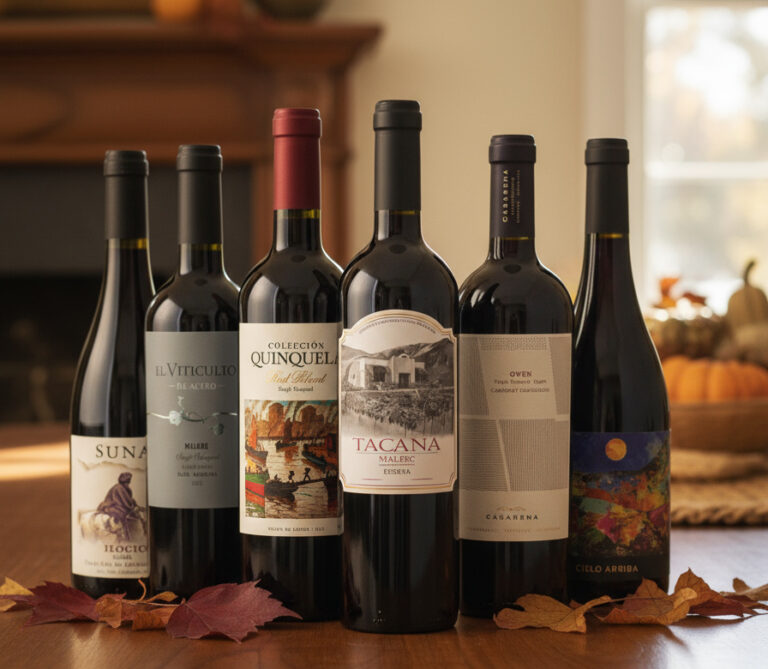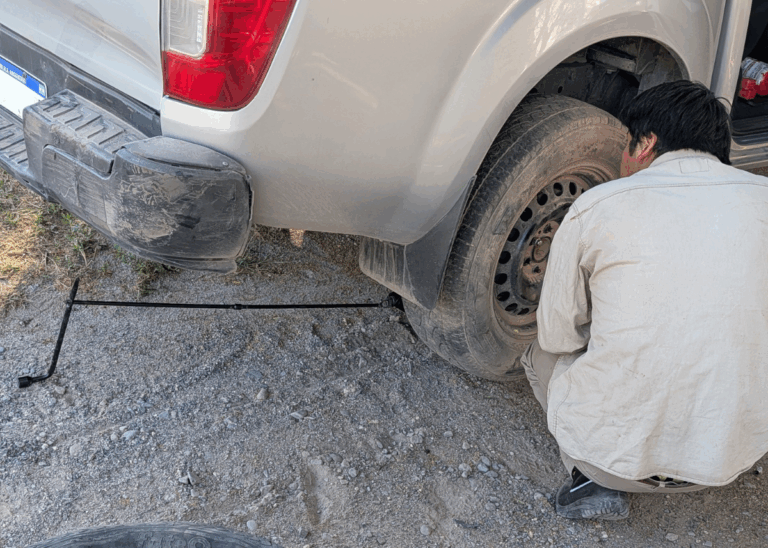[et_pb_section fb_built=”1″ _builder_version=”4.11.1″ _module_preset=”default” global_colors_info=”{}”][et_pb_row _builder_version=”4.11.1″ _module_preset=”default” global_colors_info=”{}”][et_pb_column type=”4_4″ _builder_version=”4.11.1″ _module_preset=”default” global_colors_info=”{}”][et_pb_text _builder_version=”4.11.1″ _module_preset=”default” hover_enabled=”0″ global_colors_info=”{}” sticky_enabled=”0″]Contents:
- Big Wine Bottles with Julien Miquel
- Benefits of Starvation for Anti-Aging
- How Red Wine Helps with Aging
[/et_pb_text][et_pb_text _builder_version=”4.11.1″ _module_preset=”default” hover_enabled=”0″ global_colors_info=”{}” sticky_enabled=”0″]
There’s a bottle of Amarone della Valpolicella waiting out the Lenten season in our cellar.
Amarone is a big red, a deep red, one of those laborious reds that takes forever to make.
They pick the grapes late (watching carefully to avoid botrytis), then store them in drying rooms over a period of months – shriveling them to the brink of raisin-hood before pressing them into rich wine.
Amarone feels like a fitting wine to enjoy after our ongoing Lenten privations come to a merciful end: lavish and yet the product, like our Easter feast, of a long fast.
More on that in a moment. But first… Does (wine bottle) size matter?
Last week with Julien Miquel we looked at the different sizes of wine bottles and how big they can get. Today we’re answering the naturally following question, “Is bigger better?”
[/et_pb_text][et_pb_video src=”https://youtu.be/fBpIGPGCHcA” module_id=”video” _builder_version=”4.11.1″ _module_preset=”default” width=”76%” width_tablet=”84%” width_phone=”100%” width_last_edited=”on|phone” module_alignment=”center” global_colors_info=”{}”][/et_pb_video][et_pb_text _builder_version=”4.11.1″ _module_preset=”default” hover_enabled=”0″ global_colors_info=”{}” sticky_enabled=”0″]
Healthy (but definitely not sober) at 110 (Continued)
Benefits of Starvation for Anti-Aging
2000 years ago or so, John the Baptist baptized Jesus. After that, the Spirit led Jesus out into the desert to fast for 40 days and nights. Either during that time or immediately at its conclusion (the scriptures say both), the Devil made three failed attempts to tempt Christ away from his holy path. Christ went on to Galilee and began his ministry.
Every year, Christians around the world imitate Christ’s fast for 40 days, then break for the Easter feast.
(As longtime readers know, there is no official church doctrine requiring abstention from alcohol – we are but Men after all.)
But fasting is not merely symbolic or spiritual.
The practice, common to many traditions and religious practices around the world, may have originated with a pre-scientific intuition that slight starvation is, in fact, very good for you.
Hippocrates, the world’s first “doctor”, prescribed fasting to speed healing.
Scientists today agree that the link between fasting and overall better health, including longevity and healing, is real.
The director of USC’s Longevity Institute, Valter Longo, promotes the practice as a way to “optimize the chance for people to make it to 110 healthy.”
According to Longo, experiments confirm that within caloric restriction (aka fasting) lies a “secret to many diseases.” Yeast cells starved of nutrients appeared resistant to the ravaging side effects of chemotherapy. Another study on yeast found fasting delayed chronological aging.
In animals, too, studies have found both pronounced effects on life span, and lower incidence of cancer (along with other diseases). Fasting male fruit flies lived 18% longer. For the average American male, that same effect would extend lifespan from 77 to 90.
Intermittent fasting in mice has produced younger looking brains, faster brain cell regeneration, lower age-related impairment, and lower death from stroke.
Still other studies have produced lower insulin levels, lower inflammation, lower cholesterol and body fat, and lower “aging hormones” like growth factor 1.
A study in rheumatoid arthritis patients reduced pain for at least two years.
Scientists also believe fasting turns up “autophagy,” the process by which the body cleans up damaged cells and other debris.
Cancer, in particular, may be due a major breakthrough from fasting. The problem with chemotherapy is that it targets all highly active cells in your body, which includes both cancerous and non-cancerous cells. If we could figure out a way to stop the chemo from killing healthy cells, we could flood the body with high levels to effectively exterminate cancer.
Studies suggest that cells undergoing fasting go into a type of “hibernation,” becoming less active (which may also result in pressing pause on aging). So the theory goes, if we could put our healthy cells into hibernation during chemo, it might make the treatment far more effective, and, perhaps, allow doctors to use higher doses even more lethal to cancer.
Sure enough, in a study on mice using extreme levels of chemo, almost half the non-fasting mice died from the chemo, while all but one of the fasting mice survived.
But fasting is tricky. You don’t want to starve the body of too many essential nutrients, especially if already sick.
Scientists today are looking for a way to replicate the effects of fasting without the actual restriction.
How Red Wine Helps with Aging
Longtime readers will know that this is where certain red wines may provide an important clue.
When we sent off our highest altitude bottles of malbec (8,950 ft.) to a lab for testing against two common kitchen counter wines, we found 10x the levels of resveratrol (2.0 mg/L vs. 0.2 mg/L).
Resveratrol is thought to activate what’s known as the “sirtuin pathway” in human beings, the very same pathway activated by fasting. It is this pathway, some believe, that acts like a signal to the rest of the body to initiate the changes observed in fasting – from brain regeneration to better metabolic function, to cell cleaning and better heart health, and more…
Maybe we don’t need the 40 days of fasting to get to 110. Maybe we just need to be a little less sober.
Until next time,
The Wine Explorer[/et_pb_text][/et_pb_column][/et_pb_row][/et_pb_section]



